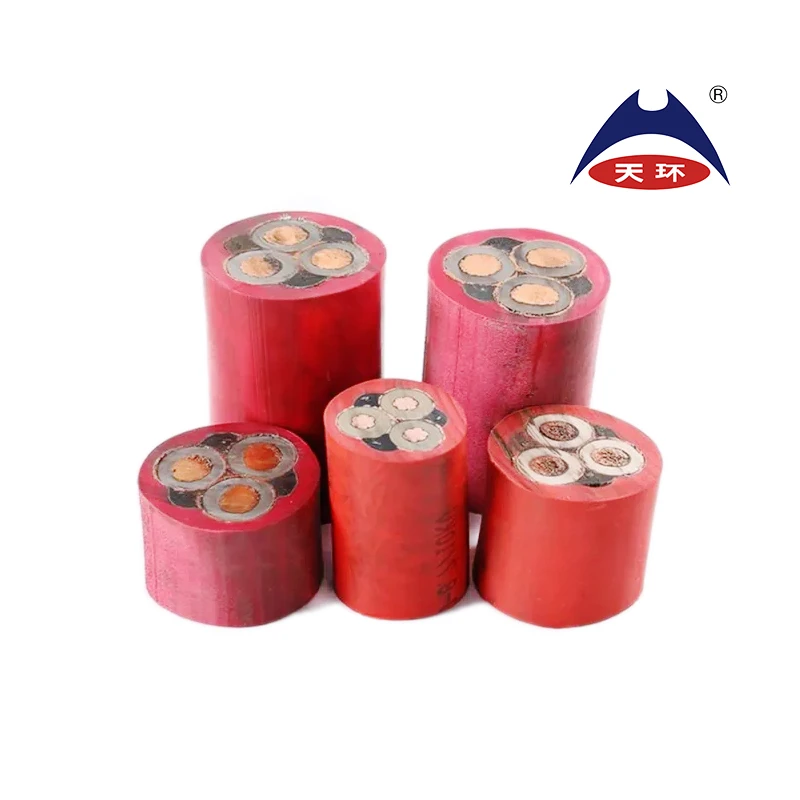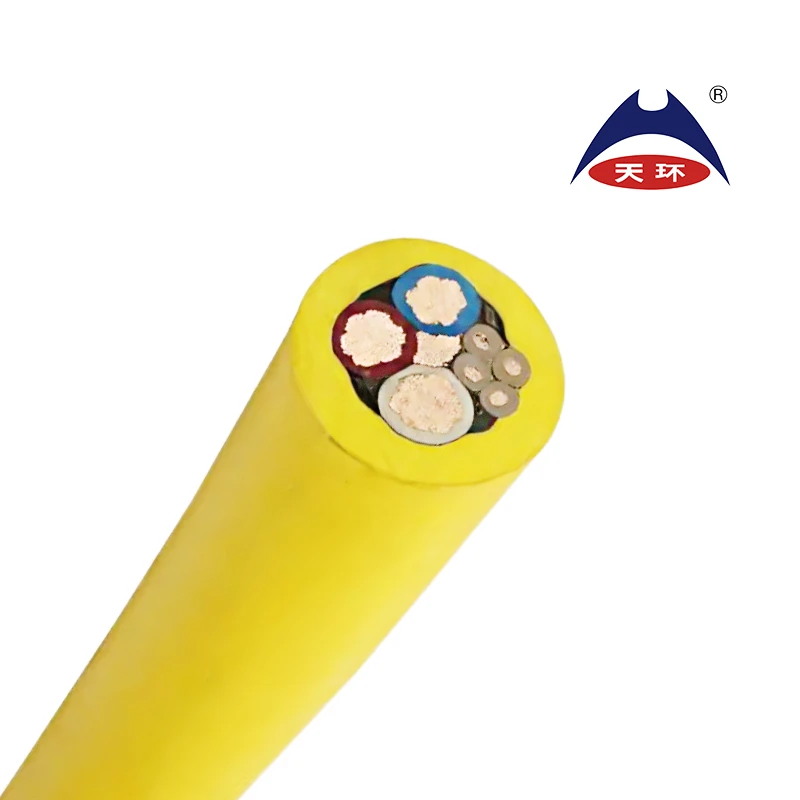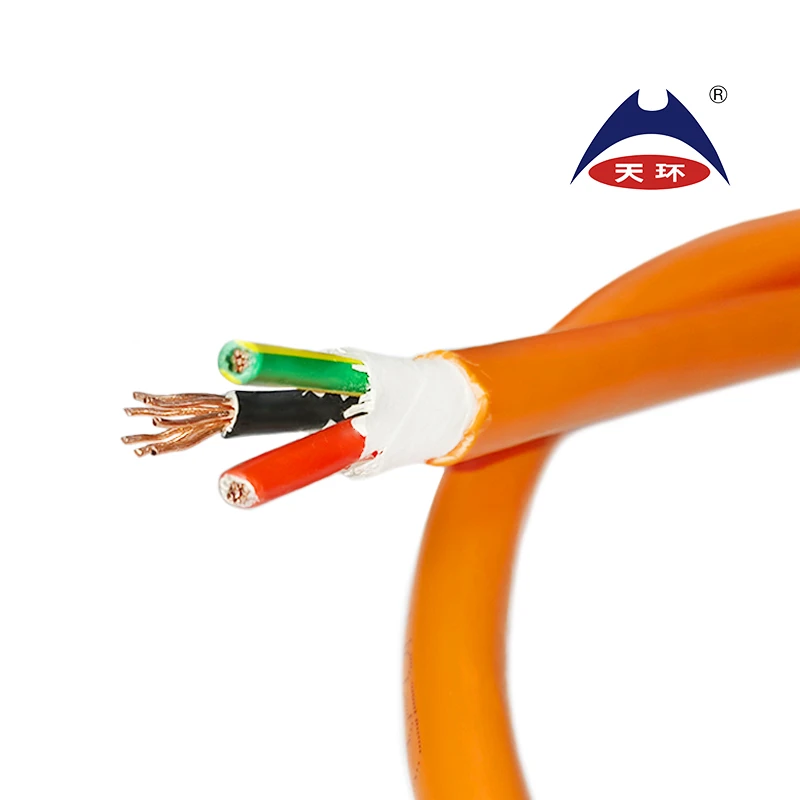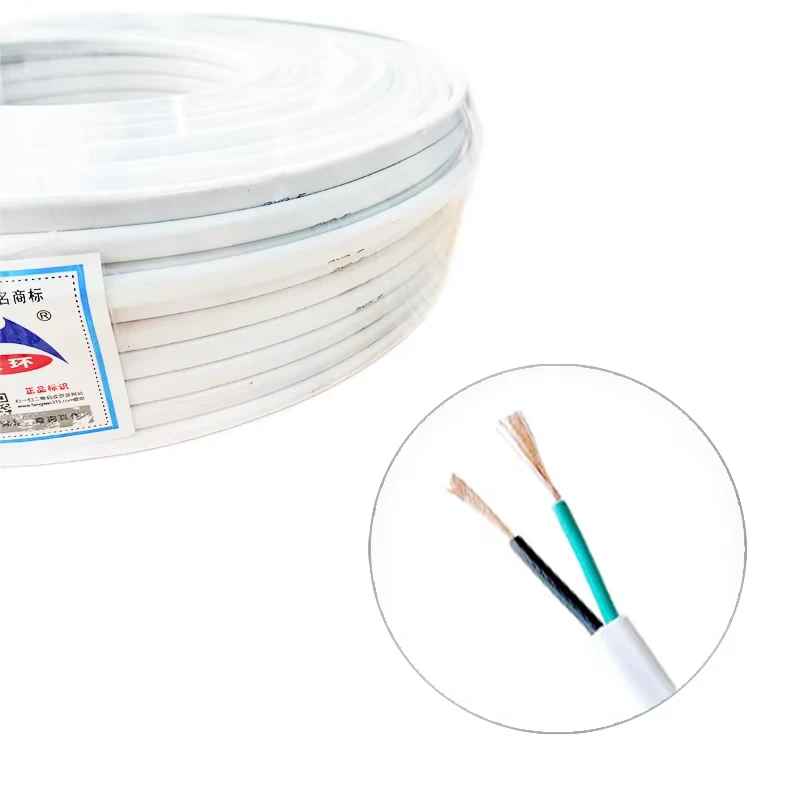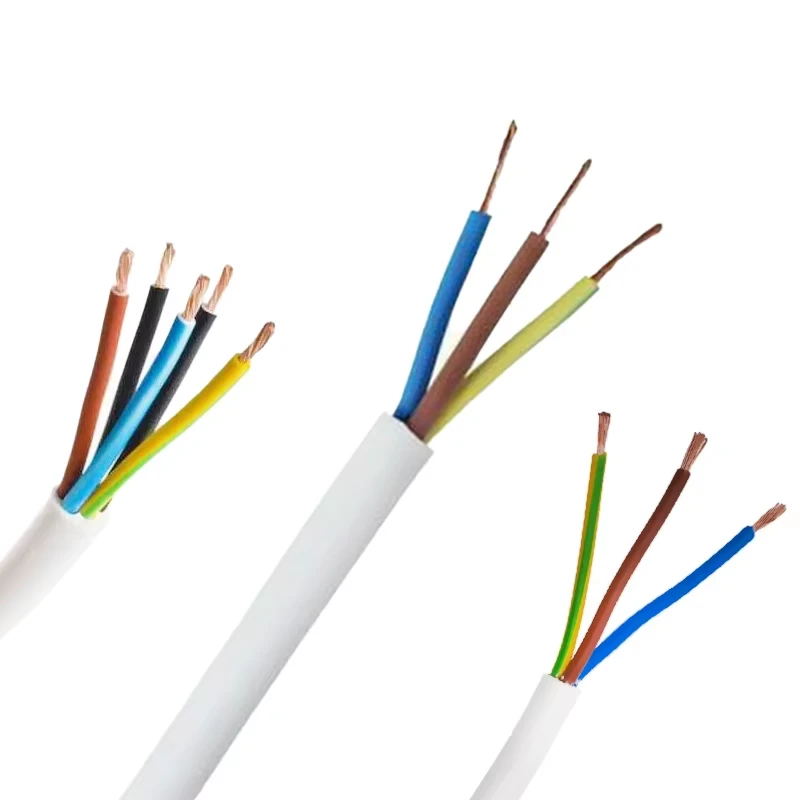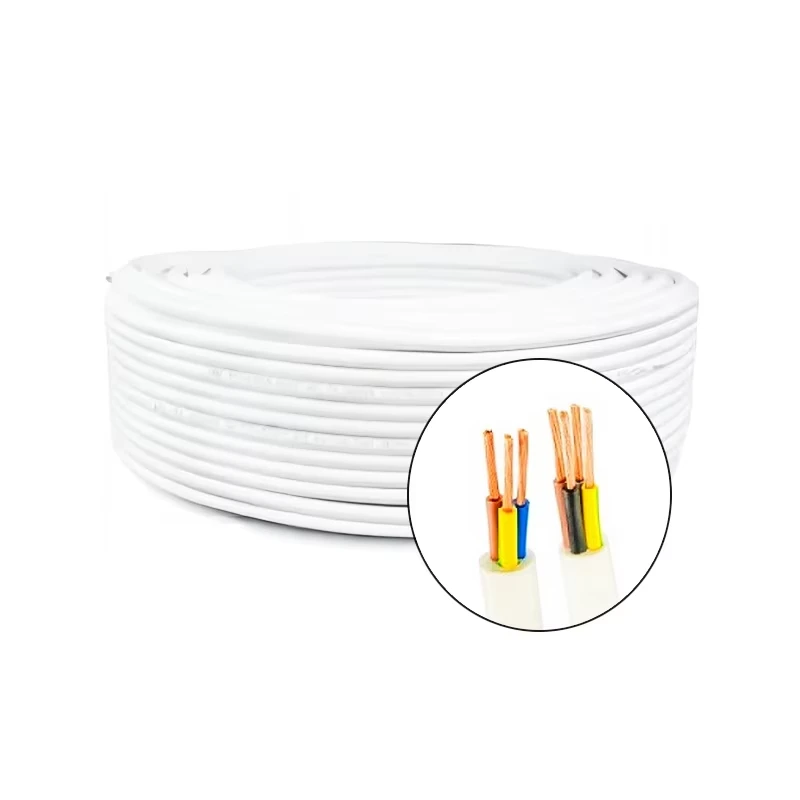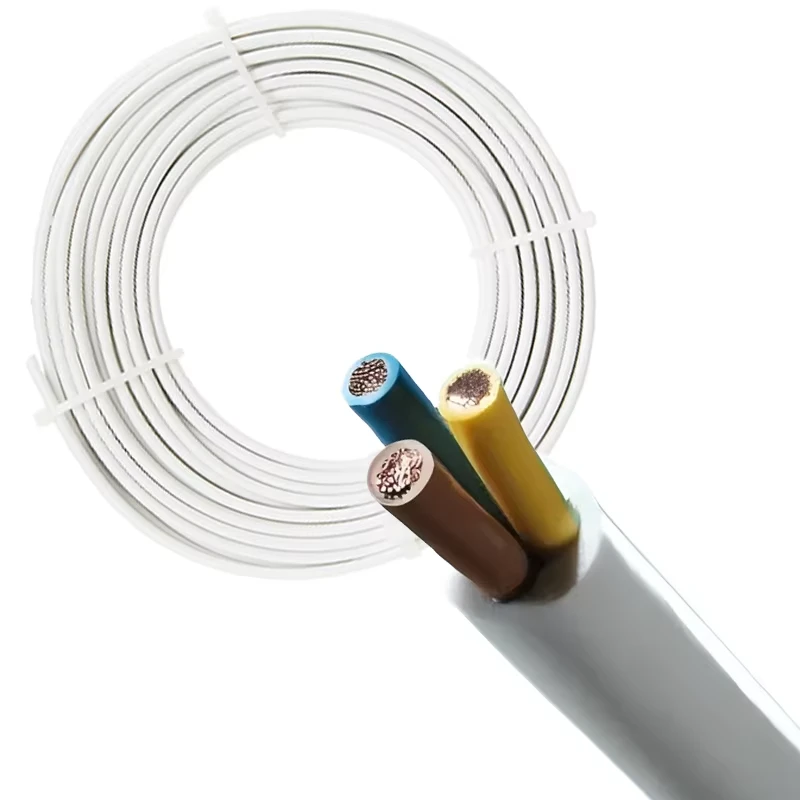
Afrikaans Albanian Amharic Arabic Armenian Azerbaijani Basque Belarusian Bengali Bosnian Bulgarian Catalan Cebuano China Corsican Croatian Czech Danish Dutch English Esperanto Estonian Finnish French Frisian Galician Georgian German Greek Gujarati Haitian Creole hausa hawaiian Hebrew Hindi Miao Hungarian Icelandic igbo Indonesian irish Italian Japanese Javanese Kannada kazakh Khmer Rwandese Korean Kurdish Kyrgyz Lao Latin Latvian Lithuanian Luxembourgish Macedonian Malgashi Malay Malayalam Maltese Maori Marathi Mongolian Myanmar Nepali Norwegian Norwegian Occitan Pashto Persian Polish Portuguese Punjabi Romanian Russian Samoan Scottish Gaelic Serbian Sesotho Shona Sindhi Sinhala Slovak Slovenian Somali Spanish Sundanese Swahili Swedish Tagalog Tajik Tamil Tatar Telugu Thai Turkish Turkmen Ukrainian Urdu Uighur Uzbek Vietnamese Welsh Bantu Yiddish Yoruba Zulu
Jun . 27, 2024 11:00
Back to list
HV XLPE Cable Manufacturing Plants
HV XLPE Cable Construction Factories A Comprehensive Guide
In the realm of power transmission and distribution, high voltage (HV) XLPE (cross-linked polyethylene) cable construction factories play a pivotal role. These facilities are at the forefront of innovation, producing cables that are not only durable but also efficient in transmitting electricity over long distances with minimal losses. This article delves into the intricacies of HV XLPE cable construction factories, exploring their operations, key components, and the latest technological advancements.
First and foremost, it is essential to understand the basics of HV XLPE cables. These cables are made by extruding XLPE insulation around a conductor, which is then covered with a metallic shield. The insulation material provides excellent electrical and thermal properties, making it ideal for use in high voltage applications. The metallic shield offers additional protection against electrical faults and mechanical damage.
HV XLPE cable construction factories are equipped with state-of-the-art machinery and technology to produce these cables efficiently and safely. The factories are designed to handle large reels of copper or aluminum conductors, which are then fed into the extrusion process. The insulation material is heated and extruded around the conductor, forming a uniform layer of insulation. The cables are then cooled and wound onto large spools for transportation to construction sites.
One of the key components of HV XLPE cable construction factories is the extruder. This machine is responsible for heating and extruding the insulation material around the conductor This machine is responsible for heating and extruding the insulation material around the conductor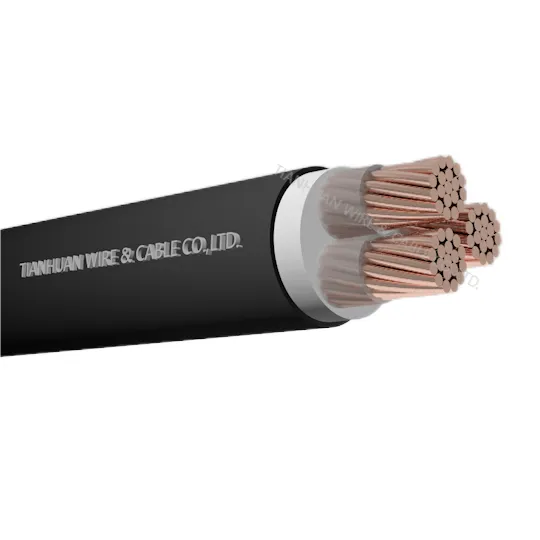 This machine is responsible for heating and extruding the insulation material around the conductor This machine is responsible for heating and extruding the insulation material around the conductor
This machine is responsible for heating and extruding the insulation material around the conductor This machine is responsible for heating and extruding the insulation material around the conductor hv xlpe cable construction factories. The extruder is typically equipped with a screw mechanism that feeds the insulation material into the die, where it is formed into a cylindrical shape around the conductor. The temperature and pressure of the extruder are carefully controlled to ensure the quality and consistency of the insulation layer.
Another important aspect of HV XLPE cable construction factories is quality control. These factories employ a team of skilled technicians who monitor every stage of the production process to ensure that the cables meet the highest standards of quality and safety. They use a variety of testing equipment to measure the electrical and mechanical properties of the cables, such as their insulation resistance, dielectric strength, and tensile strength.
In recent years, there have been significant advancements in HV XLPE cable construction technology. For example, some factories are now using laser technology to inspect the cables for defects and ensure their integrity. Additionally, there has been a growing trend towards the use of recycled materials in the production of XLPE insulation, which helps to reduce waste and conserve resources.
In conclusion, HV XLPE cable construction factories are critical to the reliable and efficient operation of power grids around the world. By leveraging advanced technology and quality control measures, these factories are able to produce cables that meet the highest standards of performance and safety. As the demand for renewable energy and smart grid technologies continues to grow, the role of HV XLPE cable construction factories will become even more important.
hv xlpe cable construction factories. The extruder is typically equipped with a screw mechanism that feeds the insulation material into the die, where it is formed into a cylindrical shape around the conductor. The temperature and pressure of the extruder are carefully controlled to ensure the quality and consistency of the insulation layer.
Another important aspect of HV XLPE cable construction factories is quality control. These factories employ a team of skilled technicians who monitor every stage of the production process to ensure that the cables meet the highest standards of quality and safety. They use a variety of testing equipment to measure the electrical and mechanical properties of the cables, such as their insulation resistance, dielectric strength, and tensile strength.
In recent years, there have been significant advancements in HV XLPE cable construction technology. For example, some factories are now using laser technology to inspect the cables for defects and ensure their integrity. Additionally, there has been a growing trend towards the use of recycled materials in the production of XLPE insulation, which helps to reduce waste and conserve resources.
In conclusion, HV XLPE cable construction factories are critical to the reliable and efficient operation of power grids around the world. By leveraging advanced technology and quality control measures, these factories are able to produce cables that meet the highest standards of performance and safety. As the demand for renewable energy and smart grid technologies continues to grow, the role of HV XLPE cable construction factories will become even more important.
 This machine is responsible for heating and extruding the insulation material around the conductor This machine is responsible for heating and extruding the insulation material around the conductor
This machine is responsible for heating and extruding the insulation material around the conductor This machine is responsible for heating and extruding the insulation material around the conductor hv xlpe cable construction factories. The extruder is typically equipped with a screw mechanism that feeds the insulation material into the die, where it is formed into a cylindrical shape around the conductor. The temperature and pressure of the extruder are carefully controlled to ensure the quality and consistency of the insulation layer.
Another important aspect of HV XLPE cable construction factories is quality control. These factories employ a team of skilled technicians who monitor every stage of the production process to ensure that the cables meet the highest standards of quality and safety. They use a variety of testing equipment to measure the electrical and mechanical properties of the cables, such as their insulation resistance, dielectric strength, and tensile strength.
In recent years, there have been significant advancements in HV XLPE cable construction technology. For example, some factories are now using laser technology to inspect the cables for defects and ensure their integrity. Additionally, there has been a growing trend towards the use of recycled materials in the production of XLPE insulation, which helps to reduce waste and conserve resources.
In conclusion, HV XLPE cable construction factories are critical to the reliable and efficient operation of power grids around the world. By leveraging advanced technology and quality control measures, these factories are able to produce cables that meet the highest standards of performance and safety. As the demand for renewable energy and smart grid technologies continues to grow, the role of HV XLPE cable construction factories will become even more important.
hv xlpe cable construction factories. The extruder is typically equipped with a screw mechanism that feeds the insulation material into the die, where it is formed into a cylindrical shape around the conductor. The temperature and pressure of the extruder are carefully controlled to ensure the quality and consistency of the insulation layer.
Another important aspect of HV XLPE cable construction factories is quality control. These factories employ a team of skilled technicians who monitor every stage of the production process to ensure that the cables meet the highest standards of quality and safety. They use a variety of testing equipment to measure the electrical and mechanical properties of the cables, such as their insulation resistance, dielectric strength, and tensile strength.
In recent years, there have been significant advancements in HV XLPE cable construction technology. For example, some factories are now using laser technology to inspect the cables for defects and ensure their integrity. Additionally, there has been a growing trend towards the use of recycled materials in the production of XLPE insulation, which helps to reduce waste and conserve resources.
In conclusion, HV XLPE cable construction factories are critical to the reliable and efficient operation of power grids around the world. By leveraging advanced technology and quality control measures, these factories are able to produce cables that meet the highest standards of performance and safety. As the demand for renewable energy and smart grid technologies continues to grow, the role of HV XLPE cable construction factories will become even more important. Next:
Latest news
-
Reliable LIYCY Cable Solutions for Low and Medium Voltage ApplicationsNewsJul.14,2025
-
Premium Overhead Electrical Wire Solutions for Low and Medium Voltage ApplicationsNewsJul.14,2025
-
Innovative XLPE Electrical Cable Solutions for Modern Low and Medium Voltage NetworksNewsJul.14,2025
-
High-Quality Ethylene Propylene Rubber Cable – Durable EPDM Cable & 1.5 mm 3 Core OptionsNewsJul.14,2025
-
Exploring the Versatility of H1Z2Z2-K 1X4mm2 Cables in Modern ApplicationsNewsJul.14,2025
-
Uses of Construction WiresNewsJul.14,2025
-
Types of Neoprene CableNewsJul.14,2025
Related PRODUCTS





